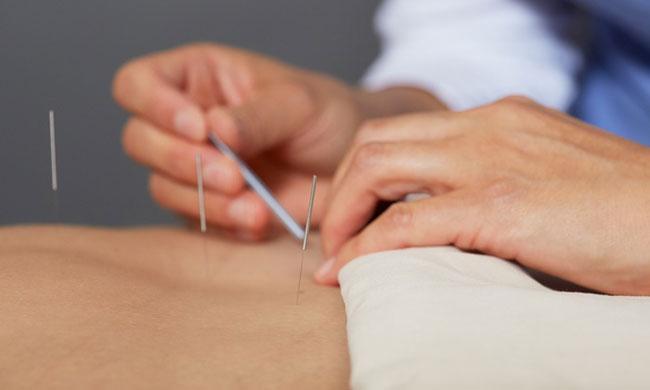
Korean Acupuncture treatment is a well-known medical system throughout the world. The WHO has recognized it as a complete traditional system of medicine without any harmful side effects, compared to other systems of medicine.
Therefore, many countries in the world use Korean acupuncture treatment for various ailments. In Sri Lanka too it has been recognised, and sponsored in various ways, by the Korean government.
Acupuncture has been used as a medical science since more than a thousand years.
It was introduced to Korea in the sixth century, and has now disseminated to other countries, such as, South Asia and Europe.
Today acupuncture science has been widely developed by western and eastern scientists, both, in theory and practice.
The principle actions of acupuncture are: regulates the function of the human body, enhances the immune system, antipyretic, airway clearance of obstructive respiratory diseases, anti-paralytic abilities, produces endorphin and reduces pain.
It has been scientifically proved that the main functions of acupuncture are regulating the pulse, temperature and blood pressure.
The effects of acupuncture therapy is quick, with a short period of treatment, at a small expense, without harmful medicine or surgery.
Acupuncture therapy is the procedure of inserting and manipulating filiform needles to various points on the body to relieve pain or for other therapeutic purposes.
Acupuncture treatment is effective for ailments such as, Arthritis (Rheumatoid oesteo arthritis), Frozen shoulder, Neck and low back pain (Cervical and Lumbar spondylitis) Wrist and Finger pain with numbness (Carpal tunnel syndrome), Sicatica (Severe low back pain and pain radiating along leg), Obesity and abdominal distension, Premature losing of hair, Asthma and other respiratory diseases, Skin disease, Gastritis and Haemorrhoids, Hypertension, Diabetes mellitus, Cholesterol etc. Acupuncture is suitable for acute and chronic diseases, and can be administered to patients in any age limit from children to elders.
For better results, accurate clinical diagnosis according to the fundamental theory of acupuncture medicine are indispensable. There are two main theories, Yin, Yang and Five Elements.
There are 12 main meridians and two extra meridians, which transport the energy throughout the body, and each meridian has its own acupuncture points. Acupuncture needles are inserted on those points for a better therapeutic effect.
The writer is Specialist
Medical Officer,
Ayurvedic General Hospital,
Rathnapura.
